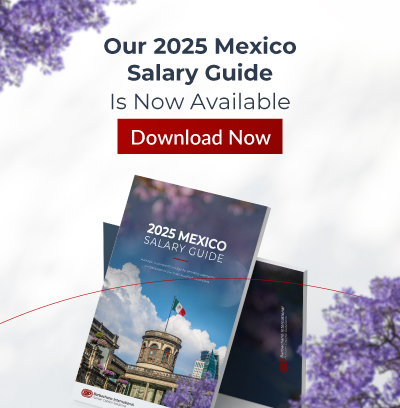
Not long ago, business leaders could rely on a predictable pipeline of talent. You identified a need, posted a role, and interviewed candidates with backgrounds that mirrored the position. But that comfort is fading fast.
Today’s talent market is tighter, more complex, and less forgiving. The right skills aren’t just hard to find, they’re shifting faster than most companies can keep up. Leaders are left with a pressing question: Should we build the talent we need internally, hire it from outside, or borrow it through more flexible models?
The answer isn’t one or the other. It’s knowing when to build, what to buy, and how to borrow. The decision should be based on your business goals and the changing nature of work.
The Challenge: Growing Skill Gaps and Shrinking Timelines
Skill shortages are no longer limited to niche roles or emerging technologies. They’re impacting every industry, from manufacturing to life sciences. According to Forbes, many companies continue to struggle with whether to invest in developing internal talent or compete aggressively in the external market.
The truth is, both strategies have their place. Neither is enough on its own.
When Building Talent Makes Sense
Upskilling and reskilling your current team is a powerful way to prepare for future needs. It strengthens loyalty, maintains institutional knowledge, and helps shape leaders who already understand your company’s values.
Consider building talent when:
- The role supports long-term business goals or strategic transformation
- You want to strengthen culture and promote from within
- The skills needed are teachable and can be developed over time
Investing in learning and development builds more than capability. It builds trust. But building takes time, and sometimes time is not on your side.
When You Need to Buy Talent
External hiring is often the best option when the business must move quickly or take on new challenges that require deep experience. A strategic hire can bring in specialized expertise or new leadership capacity that does not currently exist inside the organization.
At Barbachano International, we often work with companies that reach a point where growth requires an outside perspective. They recognize the value of internal talent but know that one key hire with the right vision or experience can accelerate progress. In those moments, buying talent is not a reaction. It is a step forward.
Buying talent is the right move when:
- You need immediate expertise for a high-impact project
- There is a leadership gap that cannot be filled internally and internal development isn’t feasible
- Innovation or transformation is a business priority
- The required skillset is not present internally.
Bringing in outside talent can at times be expensive. Without proper integration, it may also create friction. That is why these decisions should be guided by both urgency and alignment with company goals.
The Case for Borrowing Talent
There’s a third option that many companies underuse: borrowing.
Borrowing means tapping into contingent workers, professional and executive freelancers, consultants, or outsourced specialists. It allows fast access to talent without the long-term commitment of a full-time hire.
As Forbes notes, contingent talent is often the missing piece in workforce planning. It helps organizations stay agile, test new capabilities, and meet project deadlines without increasing headcount permanently.
Borrowing talent works well when:
- You have a time-sensitive project with a clear scope
- You want to test a new function or market before scaling
- Your team needs extra support but not another full-time employee
To be effective, contingent workers should be treated like valued team members. That means providing structure, clear expectations, and support—no matter how short their assignment is.
A Balanced Talent Strategy
You don’t have to stick to just one approach. The most effective organizations are combining all three strategies: building when it makes sense, buying when they need speed, and borrowing when flexibility is key.
It starts with a few simple but important questions. What roles will be essential to our business over the next couple of years? Where do we need strong, steady leadership, and where is short-term agility more valuable? Which skills should we grow internally, and which ones make more sense to bring in?
Once you’re clear on that, everything else starts to fall into place. Focus on strengthening your internal pipeline. Keep your hiring strategy competitive. And make sure you have the right partners in place to support short-term or project-based needs. Each decision should connect directly to your broader goals.
There’s no perfect formula for building a great team. Some roles make sense to grow from within. Others need a fresh perspective from the outside. And sometimes, you just need the right person for a short time to help get something across the finish line.
What matters most is being intentional. Not just doing what’s always been done, but asking yourself what the business truly needs right now and a year from now.
If your approach to talent still looks like it did five years ago, it’s probably time for a rethink. The best companies aren’t stuck debating which strategy to use. They’re figuring out how to use all of them, and when to lean into each one.

By Fernando Ortiz-Barbachano
President & CEO of Barbachano International
Barbachano International (BIP) is the premier executive search and leadership advisory firm in the Americas with a focus on diversity & multicultural target markets. Since 1992, BIP and its affiliates have impacted the profitability of over 50% of Fortune 500 Companies. BIP has been recognized by Forbes as Americas’ Best Executive Search Firms and currently ranks #10 and #3 on the West Coast.


